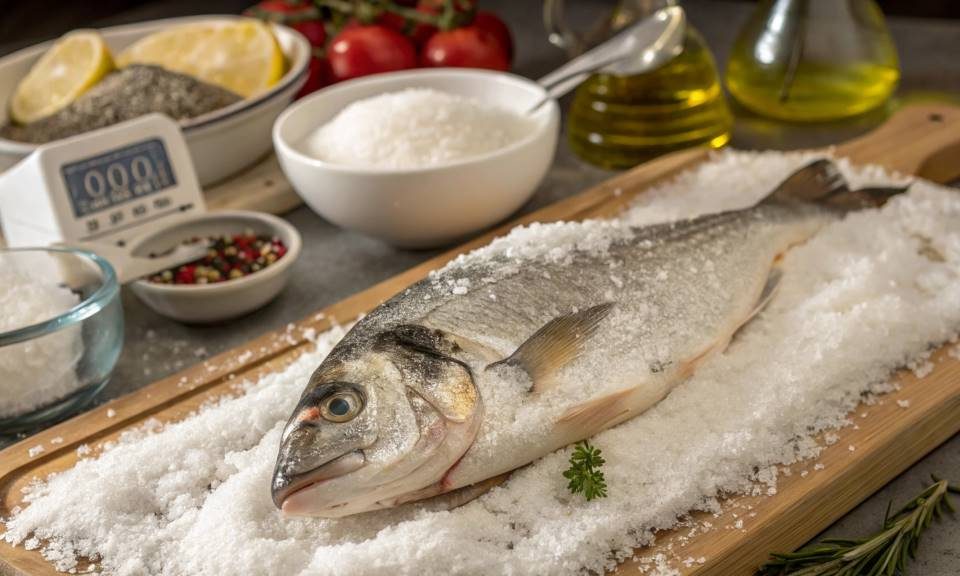
Growing your Business and Making it a Success
November 30, 2022
Tips for Selling your Home During the Winter
December 20, 2022How to store chocolate correctly
White patina? Humidity? Original packaging or not? Can it be frozen? Here is the answer to all questions about how to store chocolate.
Listen to this article now…
The dilemma of how to store chocolate is often a non-issue because it’s more likely to run out right away and you don’t have to worry about leftovers. However, chocolate is not only eaten as a treat but is also used in cooking. So let’s see where to keep it and with what precautions: in the pantry? In the fridge? What if the original packaging is no longer there? And if it is stuffed? Here is the answer to these and other questions.
In the meantime, you can take the opportunity to learn more about this priceless goodness, including how to melt chocolate using different techniques and what ganache is, and what textures you can make it in. Although Italians apparently prefer milk chocolate, the preservation methods listed here can be applied to all types of chocolate.
Table of Contents
ToggleTo be kept at room temperature if…
I’ll immediately answer the main question: chocolate should be stored at room temperature (and I’ll specify the reasons going forward). However, this tip only applies if:
- the pantry is away from sources of heat and direct sunlight
- it is not summer, or in any case, the ambient temperature does not exceed 18°C
- there are no open ingredients or foods, or fruit next to them
- the package is well wrapped or still intact (I explain in the next paragraph)
Must be kept wrapped
The chocolate must always remain wrapped – since it tends to absorb the surrounding scents a lot – possibly in the original packaging if this is made up of cardboard and aluminum. If the original packaging no longer existed, or if it was of another type such as plastic, then there are two solutions.
Aluminum
Aluminum or aluminum foil is the most suitable product for storing chocolate, a sheet is enough to be compressed tightly on the tablet.
Baking paper + cling film
As an alternative to aluminum, opt for a sheet of baking paper to be sealed with food-grade plastic. This will prevent oxygen from getting in, which could also interfere with the flavor of the chocolate.
Vacuum-packed or in airtight boxes
If you have vacuum bags then definitely take advantage of them, even if it will be enough to store the leftover chocolate (typical of Easter eggs) broken into flakes and tightly closed in an airtight box.
Once opened, consume it quickly
It may be obvious but the ideal would be to finish the chocolate within a short time of opening, it is estimated a couple of weeks. Although it is possible to keep it correctly even for months, old chocolate will still be slightly less aromatic and consistent than a new and fresh one.
Beware of the refrigerator!
As anticipated, chocolate ( as well as eggs ) tends to absorb the surrounding odors very and very quickly, as well as humidity: well, the refrigerator is the least suitable environment for chocolate – unless you have a refrigerator humidity control.
Yes to the freezer
Even the freezer isn’t exactly ideal, but it allows for better preservation of the chocolate than the refrigerator. Just respect all the rules listed on the packaging, choose the storage method and freeze. One thing to keep in mind: if you have multiple types of chocolate in the freezer, try to consume fat and/or filled chocolates first, since they are more perishable than dark chocolate, perhaps at 70%.
The damage of heat and humidity
A bar of chocolate can change in a short time and go from being shiny and compact to being opaque or almost crystallized, if not “sweaty”. Those described are both damages of poorly performed conservation or humidity.
Crystallization
The moisture draws out the sugar, and when it evaporates, it then leaves white sugar crystals on the surface of the chocolate. It is not a harmful or dangerous fact to be clear, a bar of chocolate like this can be consumed without a doubt, but aesthetically it is a sin!
The opaque patina
The dull coating that is often seen on chocolate is nothing more than a light layer of fat: it occurs when the chocolate has undergone temperature changes (for example, inside the refrigerator, out of the refrigerator, then back in the refrigerator). Again, there are no health hazards or risk of making the flavor worse: it’s just like eating a spread after the elements inside have separated.
Filled chocolates
There are chocolates filled with liqueurs, creams, pastes, salt… well, the rules listed apply to them too. It goes without saying that the fatter or more seasoned a chocolate is, the more it is subject to deterioration. For chocolates filled with liquid sauces, freezing is not recommended.





